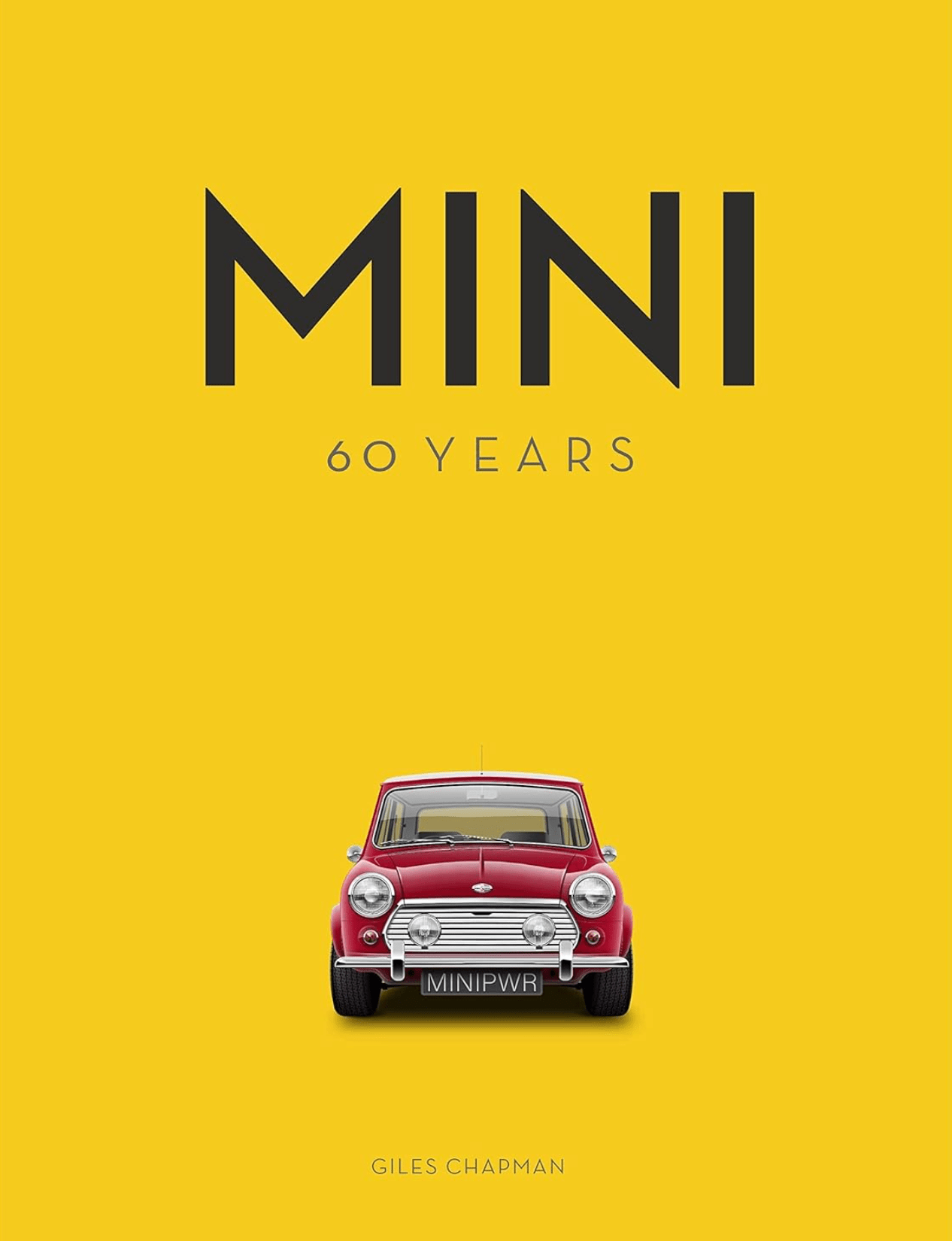Blue Peter: A TV Favourite for Generations
Introduction
Blue Peter, one of Britain’s most iconic and long-running children’s television programmes, first flickered onto television screens across the nation on 16 October 1958. Broadcasting continuously ever since, this beloved magazine-style show has become deeply woven into the fabric of British popular culture across six remarkable decades, delighting and educating multiple generations of eager young viewers.
When Blue Peter first debuted on the BBC, television was still a relatively new medium in British homes. However, the show’s novel format blending entertainment and education about topics ranging from arts and crafts to nature, science, history and music soon captured the imaginations of children nationwide. Within a few years, Blue Peter had become essential viewing for kids after school, its mix of segments and presenter adventures providing both fun and learning.
Background
Blue Peter was the creation of producer John Hunter Blair, who developed it to provide informative and entertaining content specifically for children. The concept originated within the BBC’s Head of Children’s Programmes, Owen Reed, who felt British youngsters deserved a show made especially for them, not merely broadcast at times when adult audiences were smaller. This innovative approach made Blue Peter revolutionary in focusing directly on children’s interests and educational needs.
Format
With its distinctive magazine format, Blue Peter offers an endlessly engaging blend of varied segments covering everything from arts and crafts to nature, science, history and music. Generation after generation of young viewers have eagerly tuned in to be taken on dramatic adventures and voyages of discovery, presented by a team of charismatic hosts. These much-loved presenters might be diving with sharks or visiting erupting volcanoes one week, then making papier-mâché monsters or baking biscuits the next.
The diverse range of topics coupled with the clever mix of entertainment and learning has remained absolutely central to Blue Peter’s timeless appeal across the changing times. While production styles and presenters may evolve with the eras, the stimulating range of content and experiences showcased on Blue Peter continues to spark curiosity and imagination in children’s minds. Whether it’s 1962 or 2022, Blue Peter’s winning formula of delighting and educating through an engaging kaleidoscope of segments has remained key to the show’s perennial popularity with British children.

Presenters
A major key to Blue Peter’s phenomenal multi-generational success over the decades has been its iconic presenters, whose warmth, charisma and personality have helped foster a unique bond with audiences. The famous names who have fronted the show over the years read like a who’s who of beloved British television personalities, including pioneering presenters Valerie Singleton, John Noakes and Peter Purves in the early years, through to more recent favourites like Anthea Turner, Diane-Louise Jordan, Konnie Huq and current host Lindsey Russell. Their daring challenges, globe-trotting adventures and lively demonstration of skills, from skydiving to pottery, baking and beyond, have never failed to inspire awe and admiration in their devoted young viewers.
When long-serving presenters eventually move on from the show, it becomes headline news across the country, demonstrating just how treasured they remain in British hearts. For many children, the presenters they grew up watching every week on Blue Peter become almost like trusted friends. The power of the presenters to connect with multiple generations of children is a central pillar of Blue Peter’s enduring popularity through the decades as loved faces periodically change.
Reception
Blue Peter has earned extensive acclaim for entertaining and educating children in equal measure. The show has won numerous BAFTAs, Royal Television Society Awards and other honours for its quality programming. In 2015, it received a special Children’s BAFTA for exceptional contribution to children’s television across its history. Such recognition confirms Blue Peter’s enduring status as a British television institution beloved by generations.
Legacy
Beyond its original broadcasts, Blue Peter has left an indelible cultural imprint. Classic segments like the Make a Fish Tank using a plastic bag remain vividly remembered. The show has promoted charities and community spirit, encouraging young viewers to engage in charitable activities themselves. Spin-off productions include the Blue Peter Book Awards, set challenges on Blue Peter Special Assignments and the Blue Peter Garden at BBC Manchester.
Conclusion
With over 4,500 episodes spanned across six decades, Blue Peter’s incredible archive offers a window into recent British childhoods. The blend of learning and entertainment has inspired and united children of all eras who have grown up watching. Whether learning to make tray mobiles or meeting inspiring athletes, Blue Peter’s vision has kept it relevant across major societal shifts. From its humble 1958 debut to the multimedia era, Blue Peter retains a treasured place in British hearts.












